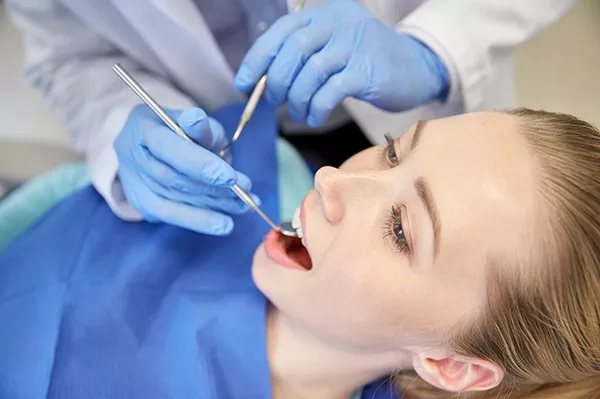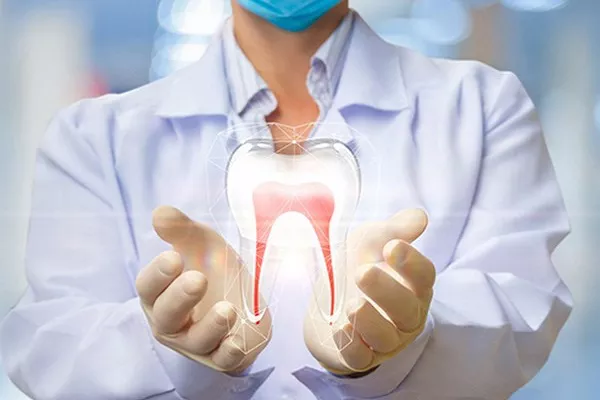A bright, white smile is a symbol of health and vitality. However, many of us may notice that our teeth tend to lose their whiteness as the day progresses, taking on a yellowish hue. This phenomenon can be perplexing and frustrating, especially for those who strive to maintain a pristine smile. In this article, we will delve into the reasons behind why teeth may appear to get yellow throughout the day and explore practical steps to counteract this effect.
Understanding Tooth Color
Before we delve into the reasons behind the daily yellowing of teeth, it is essential to comprehend the natural color of teeth. Teeth are not purely white; they have a natural shade that can range from ivory to light yellow or grayish-white. This natural color can be influenced by several factors, including genetics, age, and lifestyle choices.
Genetics: The genetic makeup of an individual plays a significant role in determining the baseline color of their teeth. Some people inherit genes that result in naturally whiter teeth, while others may have genes that predispose them to slightly yellower teeth.
Age: As we age, our teeth naturally darken. This occurs because the enamel, the outermost layer of teeth, slowly wears down over time, revealing the dentin beneath, which is inherently more yellow in color.
Lifestyle Choices: Daily habits and lifestyle choices can have a profound impact on the color of your teeth. Consumption of staining substances like coffee, tea, red wine, and tobacco can cause surface stains and discoloration over time.
Dental Health: Poor dental hygiene practices can contribute to teeth discoloration. Inadequate brushing and flossing can lead to plaque and tartar buildup, which can result in stains.
The Daily Yellowing Effect
While teeth may naturally have a yellowish undertone, some people notice that their teeth appear to get yellow throughout the day. This phenomenon can be attributed to several factors:
Dietary Habits: The foods and beverages we consume throughout the day can affect the color of our teeth. Many common foods and drinks, such as coffee, tea, red wine, and dark-colored fruits, contain pigments that can adhere to tooth enamel, leading to staining. Additionally, acidic foods and drinks can erode enamel, making teeth appear more yellow.
Plaque Accumulation: Throughout the day, a thin film of bacteria and food particles known as plaque naturally forms on teeth. If not removed through brushing and flossing, this plaque can attract stains and contribute to the yellowing effect.
Dry Mouth: A lack of saliva in the mouth, often caused by factors like medication or dehydration, can increase the risk of tooth discoloration. Saliva helps neutralize acids and cleanse the mouth, so its absence can lead to staining and yellowing.
Oral Hygiene Practices: Inconsistent or inadequate oral hygiene practices can result in the gradual buildup of stains and discoloration. Proper brushing and flossing are essential to remove surface stains and maintain oral health.
Tobacco Use: Smoking or using tobacco products can accelerate the yellowing of teeth due to the presence of tar and nicotine, which can stain tooth enamel.
Preventing Daily Yellowing
To prevent teeth from appearing yellow throughout the day, individuals can take proactive measures to maintain a bright smile:
Regular Oral Hygiene: Maintain a consistent oral hygiene routine by brushing your teeth at least twice a day and flossing once a day. Use a fluoride toothpaste to help strengthen enamel.
Rinse After Meals: After consuming staining foods or drinks, rinse your mouth with water to help remove pigments that may adhere to your teeth.
Moderate Staining Substances: Limit your consumption of foods and drinks that are known to stain teeth, such as coffee, tea, and red wine. If you do indulge, consider using a straw to minimize contact with your teeth.
Stay Hydrated: Drink plenty of water throughout the day to maintain saliva production, which helps cleanse the mouth and neutralize acids.
Regular Dental Check-ups: Schedule routine dental check-ups and cleanings with your dentist. Professional cleanings can remove surface stains and plaque buildup.
Smoking Cessation: If you smoke or use tobacco products, quitting can significantly improve the color and health of your teeth.
Conclusion
The daily yellowing of teeth is a common concern, but understanding the underlying causes and taking preventive measures can help maintain a brighter smile throughout the day. While teeth have a natural color influenced by genetics and age, lifestyle choices, dietary habits, and oral hygiene practices play a crucial role in their appearance.
By adopting a diligent oral care routine, moderating the consumption of staining substances, staying hydrated, and seeking professional dental care, individuals can enjoy a confident and radiant smile that defies daily yellowing. Remember that maintaining a beautiful smile requires consistent effort and attention, but the results are well worth it.
Related Topics:





























